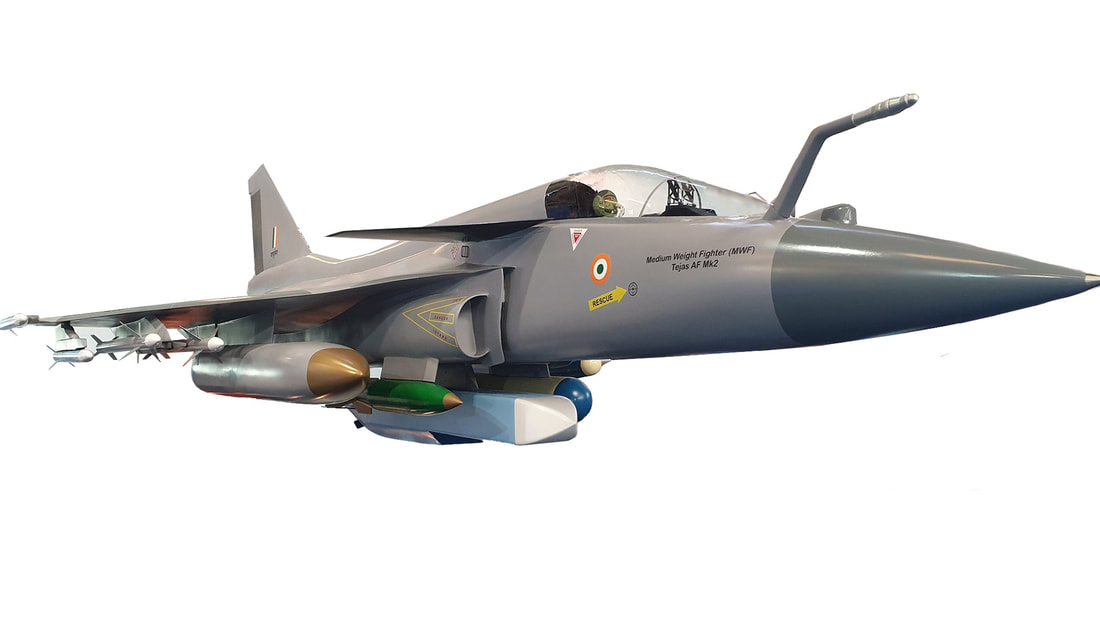SOURCE: RAUNAK KUNDE / NEWS BEAT / IDRW.ORG

The global market for fighter jets is undergoing a significant transformation, marked by an unofficial boycott of Russian and Chinese offerings. Many nations, aligning themselves with the West, are reevaluating their procurement plans and turning away from fighter jets originating in Russian and Chinese arsenals. The primary driver behind this shift is the ongoing geopolitical realignment, with Russia and China forming one camp and the rest aligning with Western-backed campaigns.
While the demand for fighter jets is on the rise, not every nation can afford the high costs associated with American 5th-generation offerings like the F-35. In response, several countries are exploring more cost-effective options, turning their attention to Asian countries such as South Korea for the procurement of affordable and low-cost fighter jets like the FA-50, based on the T-50 Trainer aircraft.
Recognizing the opportunity in this evolving landscape, India’s state-owned Hindustan Aeronautics Limited (HAL) is taking proactive steps. HAL is setting up a new department focused on promoting indigenously made fighter jets abroad, especially to nations distancing themselves from the Russian and Chinese spheres of influence.
India’s homegrown LCA-Tejas fighter jet, long overshadowed by a lack of acceptance from the Indian Air Force (IAF), has witnessed a positive turn of events. In 2021, the IAF placed a substantial order for 83 Tejas Mk1A jets, signalling a shift in attitude and boosting the aircraft’s international credibility. HAL and Defense Research and Development Organization (DRDO) officials have revealed to idrw.org that the Light Class of fighter jets, to which Tejas belongs, is shrinking globally.
In response to the changing landscape, India is developing the LCA-AF MkII program, focusing on a 17.5-ton fighter jet categorized as a medium-class aircraft. This offering aims to replace ageing Soviet-supplied fighter jets like the Mig-29s and US-supplied F-16s in various air forces globally. Despite being in the developmental stage, the LCA-AF MkII program has attracted inquiries from multiple nations.
What sets the LCA-AF MkII program apart is its estimated price of around $65-70 million per unit, making it a cost-effective alternative compared to other medium-class fighter jets like the Gripen-E and F-16 V. The IAF has committed to procuring 108 units initially, but industry insiders predict that the final order book may surpass 200 units by the end of 2040.
While some nations initially aspired to transition to 5th generation fighter jets, cost considerations and general acceptance challenges have led to a reconsideration. As a result, 4.5-generation enhanced fighter jets are anticipated to remain in active service until 2060, even as 6th-generation fighter jets become the norm by 2040. The global fighter jet market is witnessing a dynamic shift, with affordability, adaptability, and performance playing pivotal roles in shaping the choices of nations in this strategic arena.
NOTE : Article cannot be reproduced without written permission of idrw.org in any form even for YouTube Videos to avoid Copy right strikes. Websites doing illegal reproductions will get DCMA and Legal Notices.